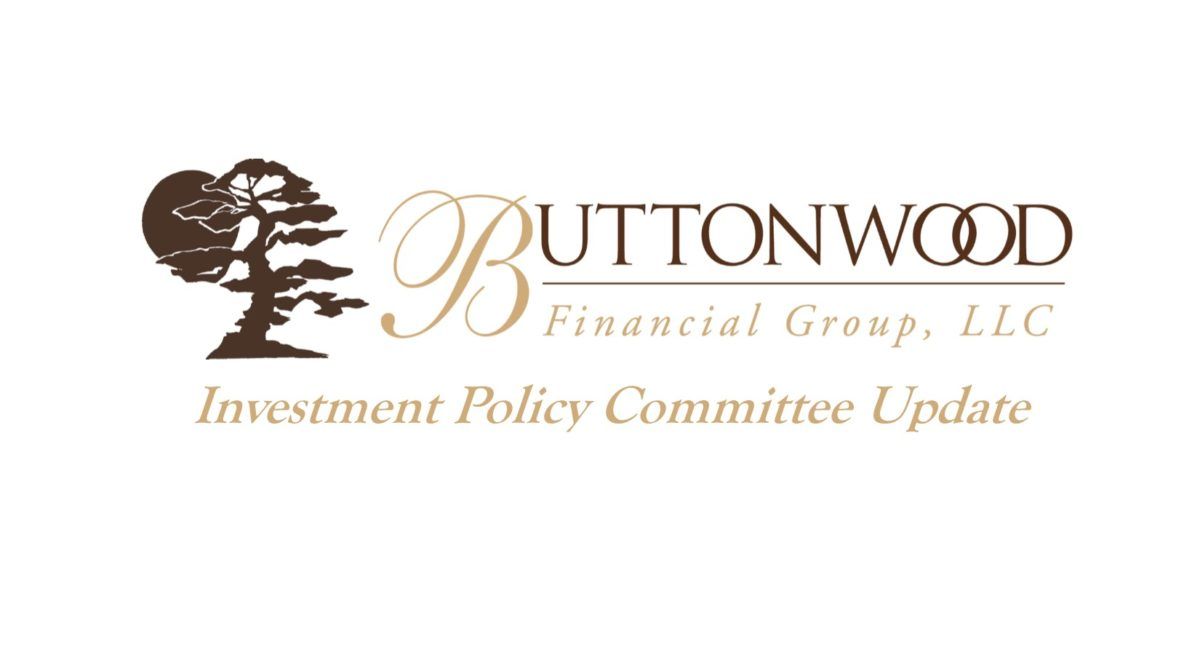Your Guide to Year-End Charitable Giving
Whatever your reason for giving this year, it’s important to know how your charitable contributions can impact your financial plan. In fact, being strategic and intentional with your charitable contributions can create tax benefits for both you and your chosen charity.
Here’s how.
Research Charitable Organizations
Maximize the impact your monetary donation can have by selecting reputable and transparent organizations. A qualified charity will have 501(c)(3) status, indicating it’s federally recognized as a non-profit organization.
Third-party websites like Charity Navigator, Charity Watch and Give Well offer unbiased, independent ratings and evaluations of charitable organizations. These sites can offer important insights into how donated money is distributed. If you’re considering making a sizeable donation, it may be helpful to speak directly with the chosen charity to discuss how the gift will be utilized.
If you haven’t already, check with your employer about what opportunities they provide in regard to charitable giving. For example, some employers will match employee donations to certain organizations.
Consider Itemizing Your Deductions
To deduct charitable donations, you must itemize them on an IRS Schedule A form.1 To do this, you’ll need to keep track throughout the year of each donation made to a charitable organization. In most cases, the charity can provide you with a form to document your contribution. If the charity does not have such a form handy (and some do not), you may be able to use other forms of proof including:
- Receipts
- Credit or debit card statements
- Bank statements
- Canceled checks
When reporting deductions, the IRS may want to know a few important details such as the name of the charity, the gifted amount and the date of your gift.
Remember, itemized deductions may only have tax benefits when they exceed the standard income tax deduction, so be sure to check on the standard deduction amount for your tax filing status.
Make Non-Cash Donations
Many charities welcome non-cash donations. In fact, donating an appreciated asset can be a tax-savvy move.
For example, you may wish to consider gifting highly appreciated securities. Since selling securities can lead to a taxable event, it may be wiser to transfer appreciated securities directly to your charity of choice.
This transfer can accomplish three things:2
- You can manage paying the tax you would normally pay upon selling the shares.
- You may be able to take a current-year tax deduction for the full fair market value of the shares.
- The charity gets the full value of the shares, not their after-tax net value.
Utilize Your Life Insurance Policy
Do you have a life insurance policy? If you make an irrevocable gift of that policy to a qualified charity, you can get a current-year income tax deduction. If you keep paying the policy premiums, each payment may become a deductible charitable donation - although deduction limits may apply.3
If you continue to pay premiums after the gift, that could reduce the size of your taxable estate. The death benefit may be transferred out of your taxable estate, in any case.
You should consider determining whether you are insurable before implementing a strategy involving life insurance. Any guarantees associated with a policy are dependent on the ability of the issuing insurance company to continue making claim payments. Several factors will affect the cost and availability of life insurance, including age, health and the type and amount of insurance purchased. Life insurance policies have expenses, including mortality and other charges. If a policy is surrendered prematurely, the policyholder also may pay surrender charges and have income tax implications.
Whatever your situation, getting advice from a tax or financial professional can help you give wisely as the year comes to a close. If charitable giving is an important part of your financial plan, it’s important to make sure you’re getting the most value out of each donation.
- https://www.irs.gov/forms-pubs/about-schedule-a-form-1040
- https://www.investopedia.com/ask/answers/07/donatestock.asp
- https://www.forbes.com/advisor/life-insurance/donate-to-charity/
This content is developed from sources believed to be providing accurate information. It may not be used for the purpose of avoiding any federal tax penalties. Please consult legal or tax professionals for specific information regarding your individual situation. The opinions expressed and material provided are for general information, and should not be considered a solicitation for the purchase or sale of any security.
Recent Buttonwood Articles

Are you ready to explore the benefits of your very own Family CFO?





